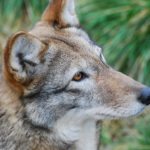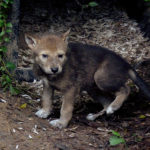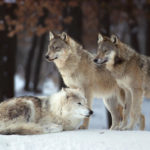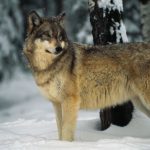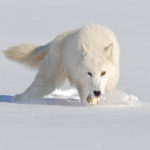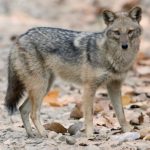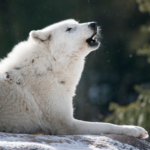15 interesting and fun facts about the red wolf
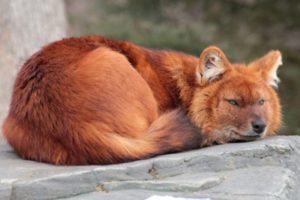 It is not so easy to meet the red wolf in the wild, as these cunning and smart predators live apart from people. In addition, they are easily confused with foxes because of the external similarity, so that some travelers do not even suspect that they met a beast. Alas, a serious threat now hangs over the red wolves, as the ever-expanding human civilization continues to push them from their usual places.
It is not so easy to meet the red wolf in the wild, as these cunning and smart predators live apart from people. In addition, they are easily confused with foxes because of the external similarity, so that some travelers do not even suspect that they met a beast. Alas, a serious threat now hangs over the red wolves, as the ever-expanding human civilization continues to push them from their usual places.
A flock of these predators is a serious threat. There have been times when red wolves have successfully attacked even the mighty tigers and leopards.
Under suitable conditions, the red wolf can live up to 15 years, but because of the many dangers, the average lifespan of these animals in the wild is about three times shorter.
Their sense of smell is excellent, but their hearing is even better. Red wolves are able to hear a suspicious sound for several hundred meters. However, Arctic foxes, for example, easily hear mice making their way under a thick layer of snow.
In the world there is only one species of red wolf, which scientists divide into ten subspecies. There are two of them in Russia.
Cougars, which sometimes serve as an object of hunting a wolf pack, are saved on trees if possible, since they, unlike their opponents, climb them perfectly.
Red wolves are very cunning. They rarely fall into hunting traps and traps, bypassing them.
These predators do not attack humans, except in exceptional cases. But they always stay away from cities and villages.
Unlike many other animals, in red wolves, both the female and the male take equal part in the upbringing of the offspring.
Red wolves, like their usual gray counterparts, acquire their own offspring after reaching the age of 2.
These animals have 6 nipples, but females often have a small mutation – another nipple, an additional, seventh in a row.
Red wolves are the only one of all types of wolves who have not 42 teeth, but only 40.
On average, a flock of these animals numbers from 6 to 12 individuals.
Red wolves are listed in the International Red Book.
Unlike other wolves, red does not dig a hole to equip a den.
The largest population of these predators lives in India.



